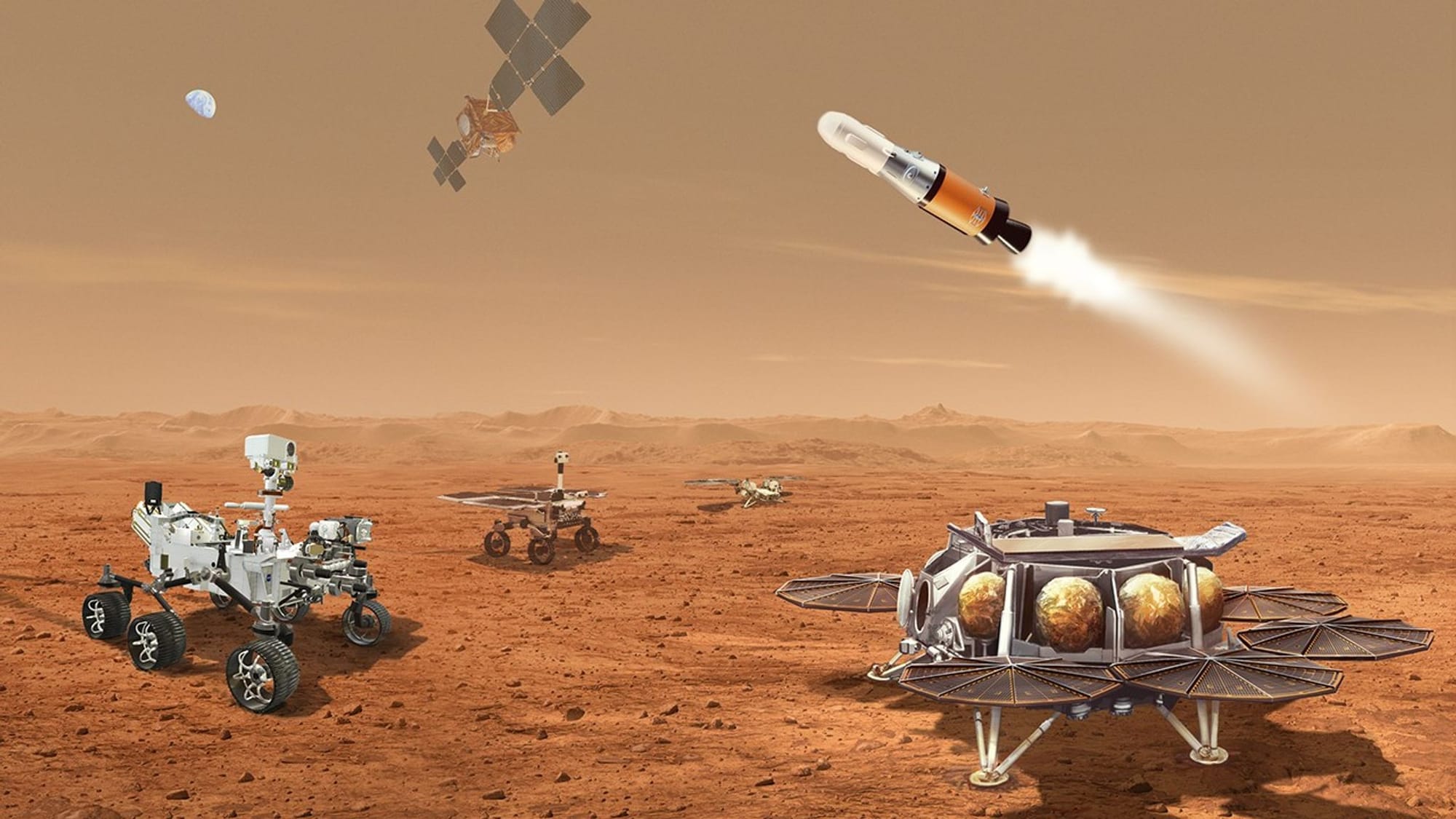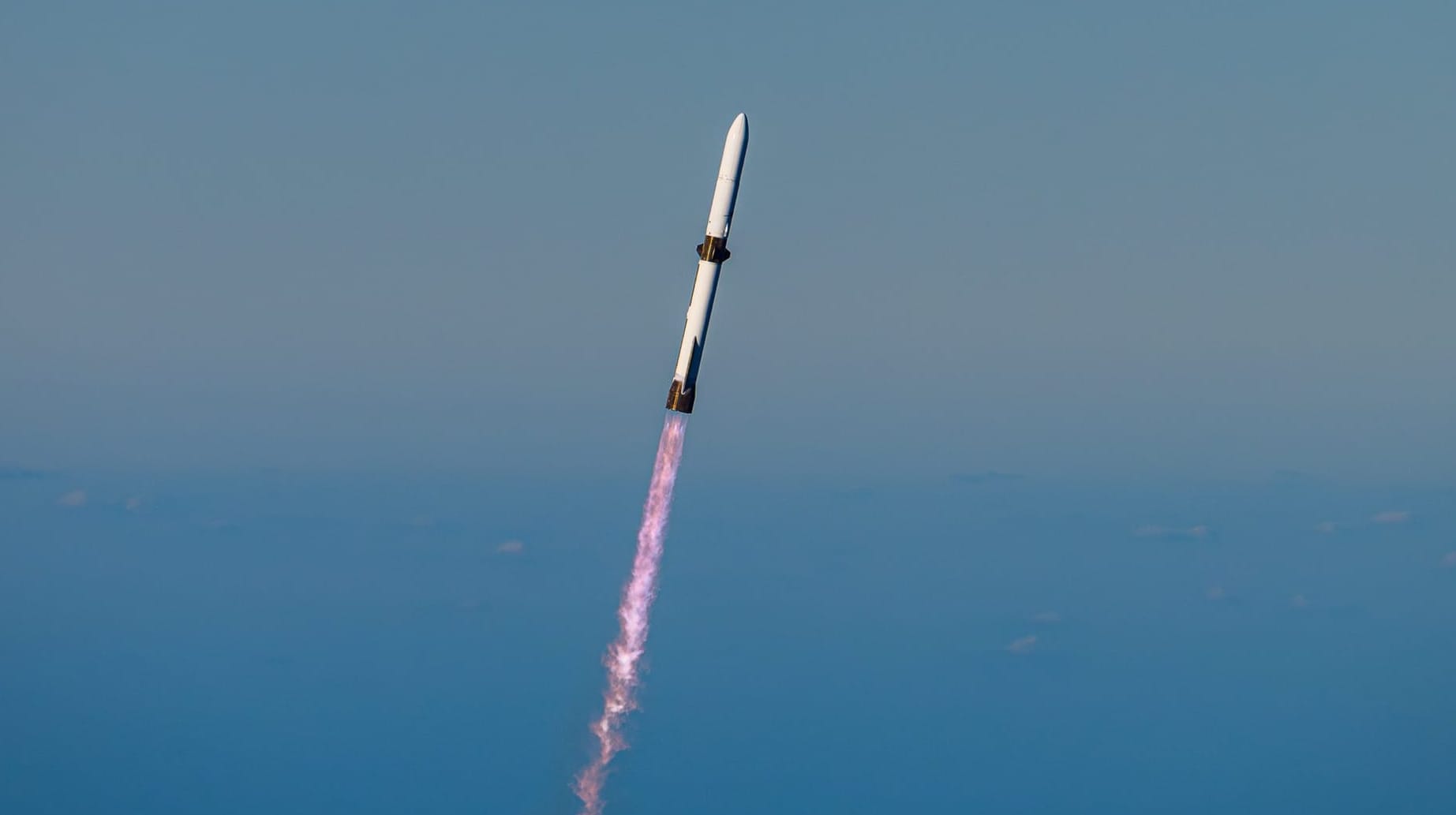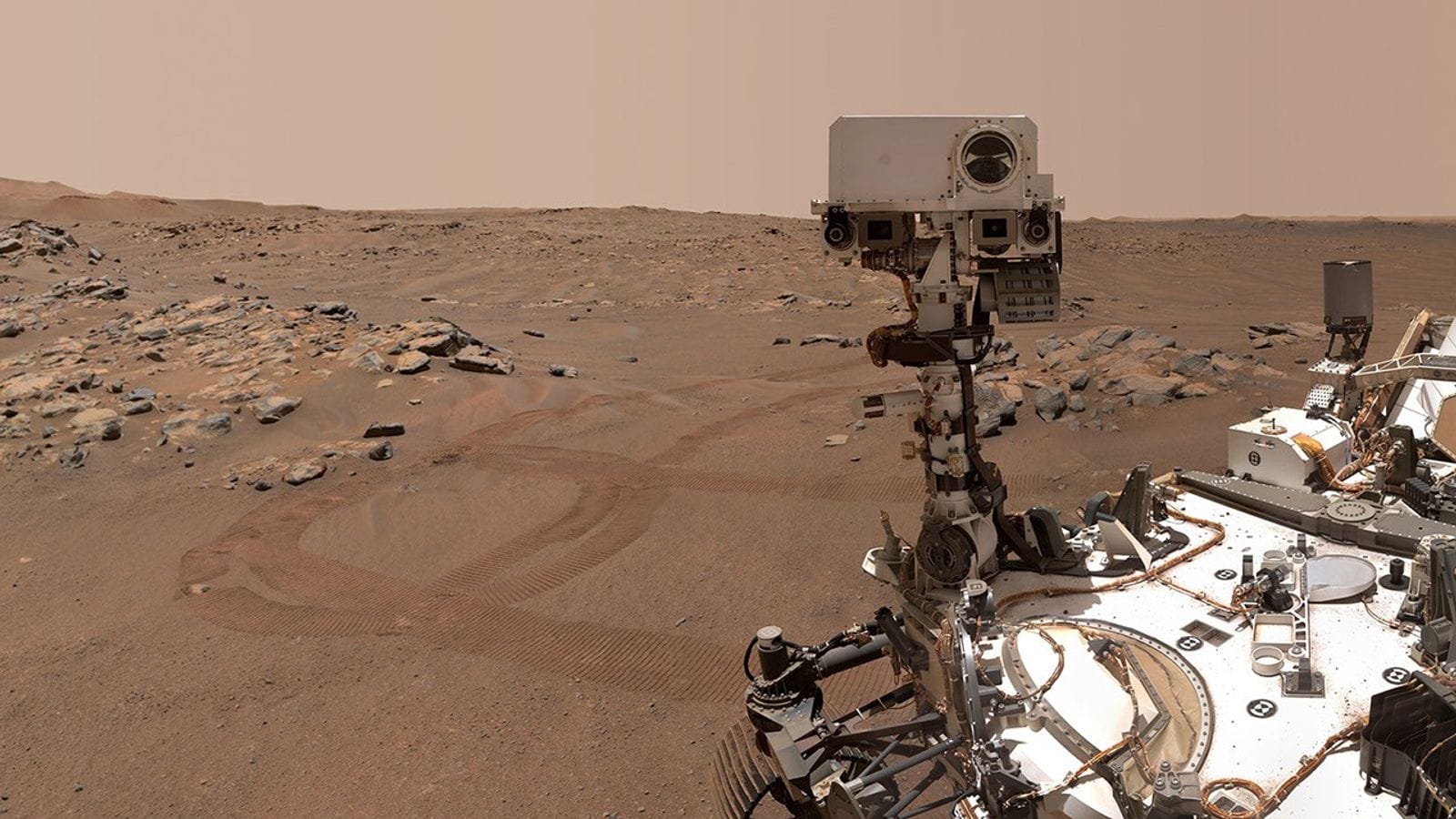Table of Contents
NASA announced today, January 7th, that it will pursue two architectures for returning surface samples from Mars, with a decision expected in 2026. The agency hopes that pursuing two architectures will encourage competition, innovation, and cost savings.
One of the architectures would utilize existing experience and proven technologies with a skycrane landing, whereas the other would lean on commercial partners to develop a larger lander. The skycrane approach would cost between 6.6 billion and 7.7 billion United States Dollars, while a commercial approach would cost between 5.8 billion and 7.1 billion.
Both methods would need to utilize a European Space Agency-developed orbiter and return spacecraft to bring the samples from Mars orbit to Earth's atmosphere. Currently, NASA expects the Orbital elements to launch in 2030 while surface hardware is launched in the following year.
This surface hardware is planned to carry a smaller version of the envisioned Mars Ascent Vehicle. Solar panels are not expected to be used on the surface and will instead be replaced with a radioisotope power system that can provide power and heat through the dust storm season on Mars.
A total of thirty sample tubes currently aboard the Perseverance rover are planned for return. While the agency has not disclosed specific timeline details, the Mars samples are expected to arrive back on Earth between 2035 and 2039, depending on budget allocation.
Speaking on the re-architecting of the mission, NASA's outgoing Administrator Bill Nelson, said:
“Pursuing two potential paths forward will ensure that NASA is able bring these samples back from Mars with significant cost and schedule saving compared to the previous plan,” – “These samples have the potential to change the way we understand Mars, our universe, and – ultimately – ourselves.”
Head of NASA’s Science Mission Directorate, Nicky Fox added:
“NASA’s rovers are enduring Mars’ harsh environment to collect ground-breaking science samples,” – “We want to bring those back as quickly as possible to study them in state-of-the-art facilities. Mars Sample Return will allow scientists to understand the planet’s geological history and the evolution of climate on this barren planet where life may have existed in the past and shed light on the early solar system before life began here on Earth. This will also prepare us to safely send the first human explorers to Mars.”
Questions about China's Mars sample return mission, Tianwen-3, were also asked to NASA during the press conference. Administrator Bill Nelson was dismissive of the mission stating that it was a "grab and go" plan, despite it being scheduled a few years ahead.
Currently the Tianwen-3 mission is planned to begin in 2028 via the launch of two Long March 5 vehicles. One Long March 5 will launch the Mars orbiter-Earth return spacecraft while the other will launch the Mars lander and ascent vehicle. After the samples are launched from the Martian surface and delivered to the orbiter, the spacecraft will begin its journey back to Earth, for arrival around 2031.






